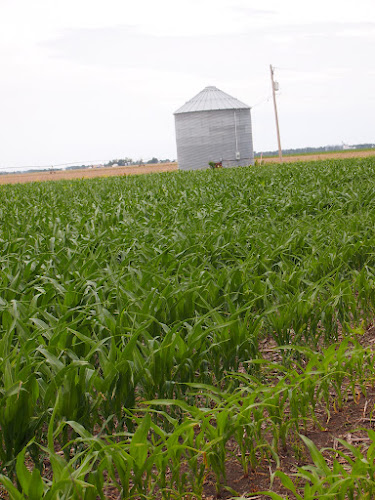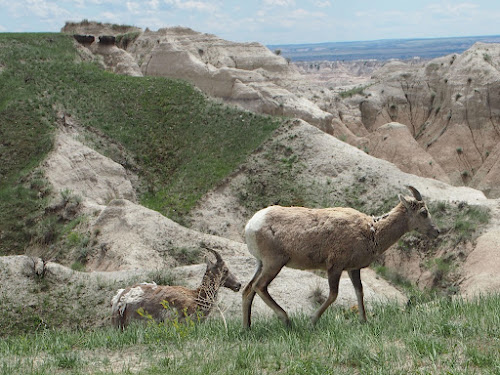Living on the “outer cape” of Cape Cod is living on the frontier, the frontier of land and water and the frontier of towns and wild places. Here, we are on a slender, hilly bridge extending far out into the ocean, towards Georges Bank and just south of that whale haven, Stellwagen Bank, while – yes – the Wampanoag talk of whale hunts well before Moby Dick made a name for himself. Then, the quieter sides. A quarter mile of flats lays glistening off to the west as the sun sinks into the bay and boats dot the sand, waiting for the tide to turn, and people pock the flats digging up the shellfish. Osprey, heron, cormorants, ducks, geese and fishermen in kayaks, waders or canoes help themselves to the fish splashing about in too many kettle ponds to count, while haughty swans claim the bounty of our salt pond for themselves, driving off their competition under the noses of the NPS park rangers.
We now have a small beach on our pond, thanks to the drought, where all the paw prints betray the party the raccoons had last night after they tired of our roof. The raft of twenty some ducks seems to drift by aimlessly, while every day there is a raucous feeding frenzy towards the center of the pond by some birds we’ll need to get closer to identify. Black raspberries growing wild by the house are already an early July memory, as the days become shorter. By the road, summertime cyclists make their way to and fro.
The frontier seems to be the place God’s creatures love to congregate and feed either their stomach or their soul . . . maybe both.













































